Torre Pendente
The Leaning Tower of Pisa: A Marvel of Medieval Engineering
The Leaning Tower of Pisa, known locally as “Torre Pendente,” is one of the most iconic landmarks in the world. Situated in the city of Pisa, Tuscany, this freestanding bell tower is renowned for its unintended tilt, which has fascinated visitors for centuries.
History and Construction: The construction of the tower began in 1173 and spanned nearly 200 years, finally being completed in 1372. The project was divided into three stages due to interruptions caused by wars and financial difficulties. The tilt began during the initial stages of construction, caused by the soft, unstable soil foundation, which could not properly support the tower’s weight.
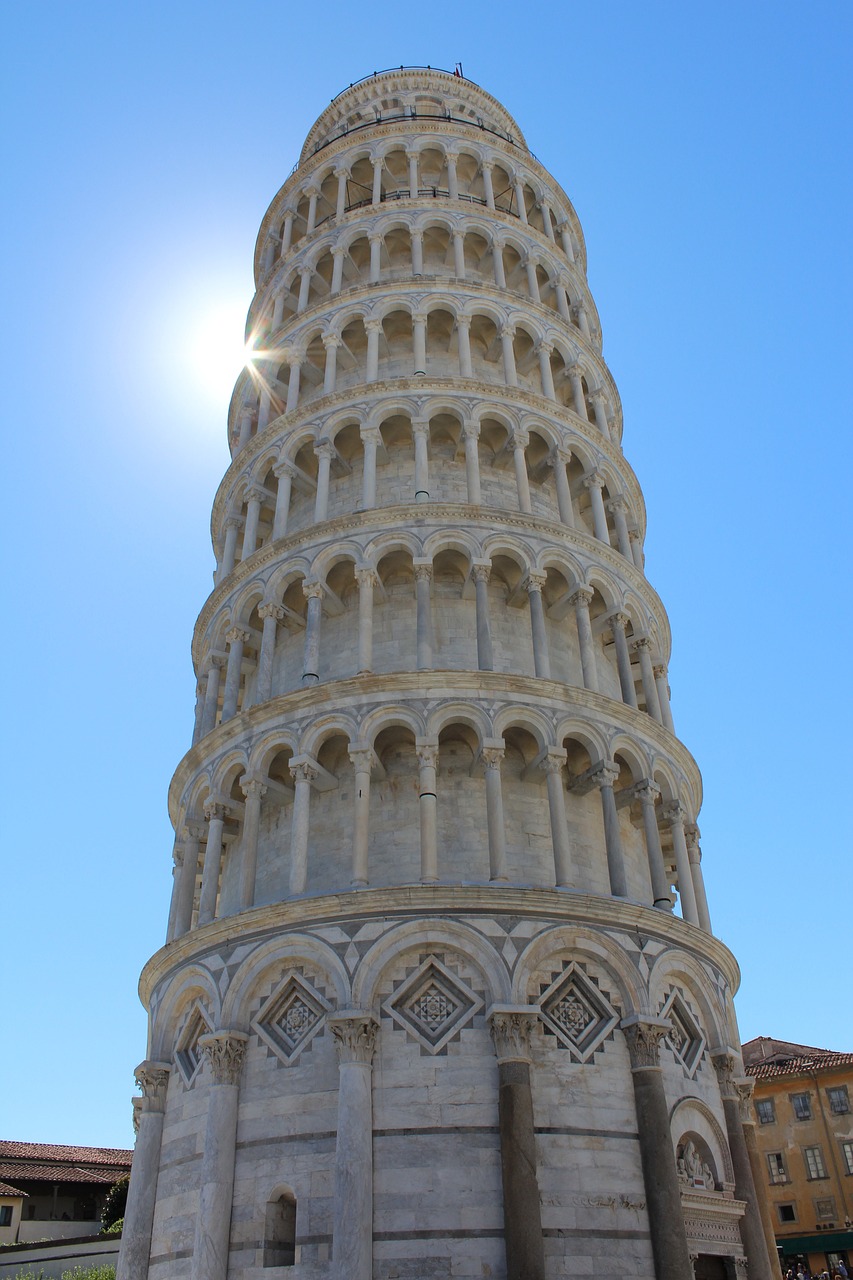
Architectural Features: The Leaning Tower stands at about 56 meters (183 feet) tall and is constructed of white and grey marble. It has eight stories, including the chamber for the seven bells. The cylindrical shape, along with the open-air loggias and arches, showcases the Romanesque style typical of medieval Pisa. The tower’s design was originally attributed to Bonanno Pisano, though recent studies suggest multiple architects contributed over the years.
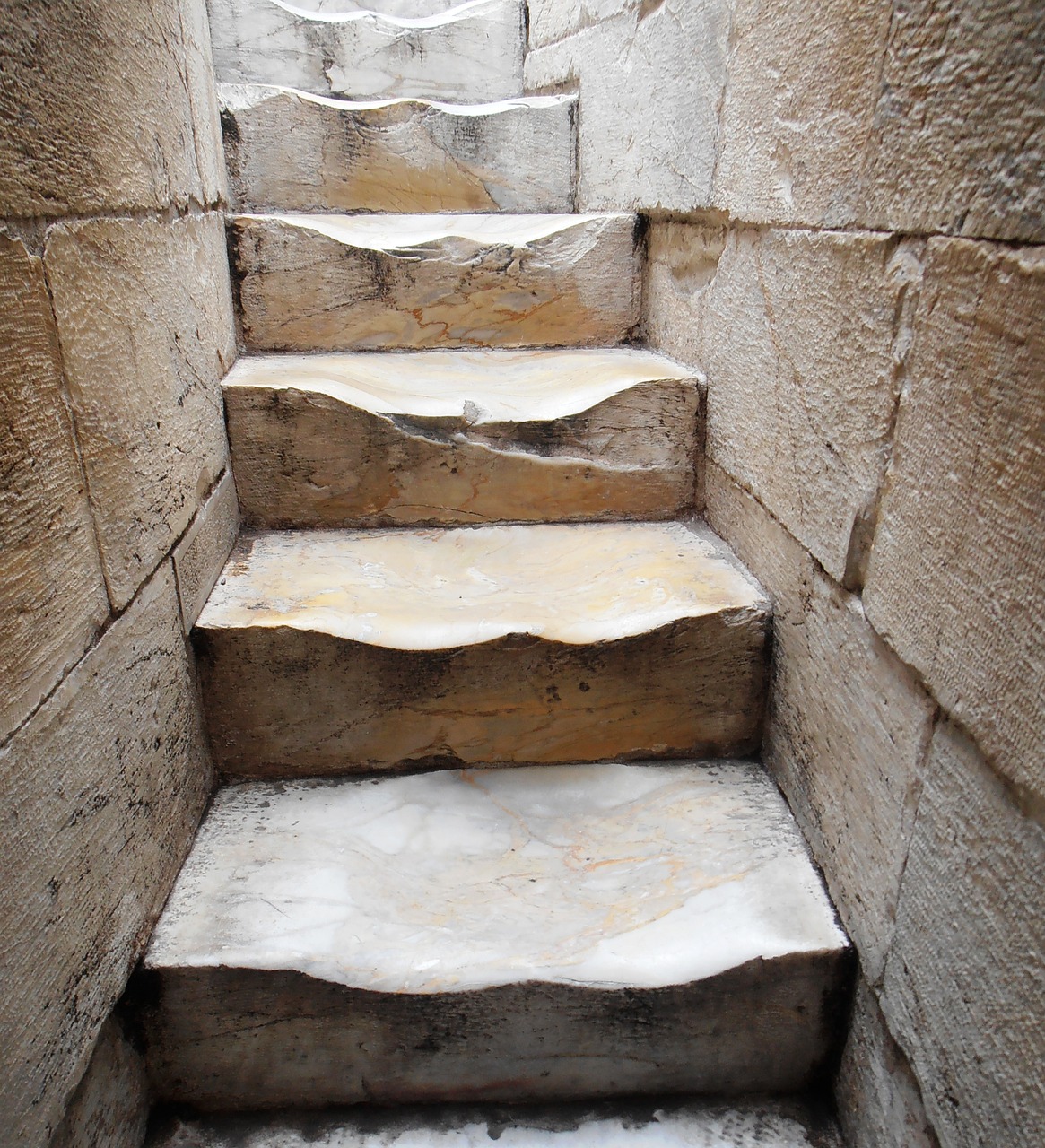
The Tilt: The most striking feature of the tower is its tilt, which reached an angle of 5.5 degrees before restoration efforts. In the late 20th and early 21st centuries, extensive stabilization work was carried out to prevent the tower from toppling over. By 2001, engineers successfully reduced the tilt to about 3.97 degrees, ensuring its safety for future generations.
Visitor Experience: Climbing the Leaning Tower of Pisa is a unique experience. Visitors can ascend the 294 steps to the top, where they are rewarded with stunning panoramic views of Pisa and the surrounding Tuscan countryside. The climb itself is an adventure, as the tilt creates a disorienting yet fascinating experience.
Cultural Significance: The Leaning Tower is part of the Piazza dei Miracoli, a UNESCO World Heritage Site, which also includes the Pisa Cathedral (Duomo), the Baptistery, and the Camposanto Monumentale. This complex is a testament to Pisa’s historical significance and its contributions to art and architecture during the medieval period.
The Leaning Tower of Pisa remains a symbol of human ingenuity and resilience. Its unique tilt and historical importance make it a must-see destination for travelers from around the globe. Whether admired from afar or explored up close, the tower continues to captivate and inspire.
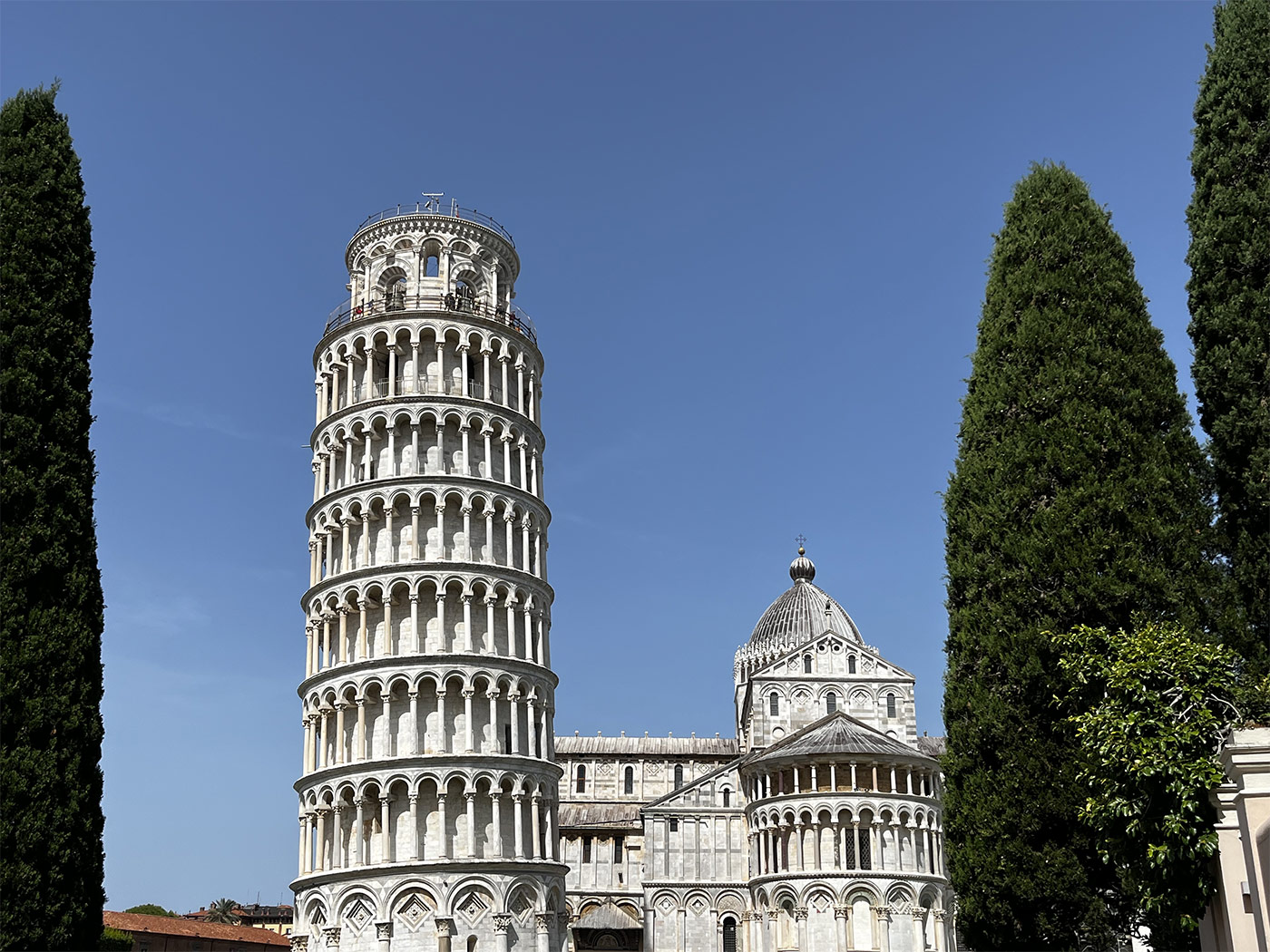
Map
Booking in Pistoia
Related Posts
Just a short distance from the city center of Pisa lies a lesser-known gem: the Bagni di Nerone, or Baths[…]
Nestled in the heart of Pisa, Borgo Stretto is one of the city’s most charming and historically rich quarters. This[…]
The Lungarni di Pisa are not only perfect for a leisurely stroll but also provide a glimpse into the city’s[…]
Palazzo Reale is a regal residence that provides a fascinating glimpse into the opulent lifestyles of Pisa’s ruling elite and[…]
While the Leaning Tower of Pisa often steals the spotlight, another site of great historical significance awaits visitors just[…]
Nestled within the enchanting city of Pisa, the Museo dell’Opera del Duomo is a hidden gem that often gets overshadowed[…]
The Baptistery of St. John is the largest baptistery in Italy and a stunning example of Pisan Romanesque architecture. Its[…]
Piazza dei Miracoli, conosciuta anche come Campo dei Miracoli, è una delle piazze più affascinanti e iconiche del mondo. Situata[…]

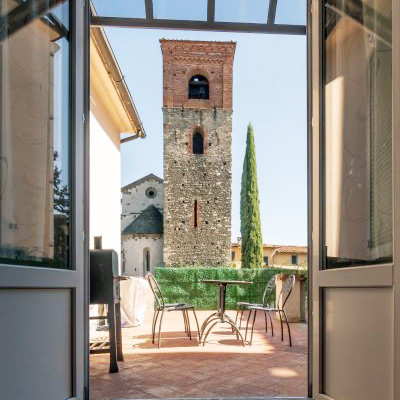

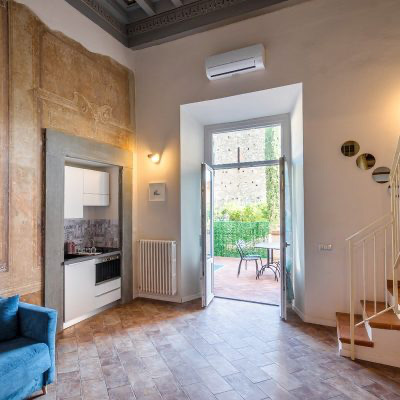

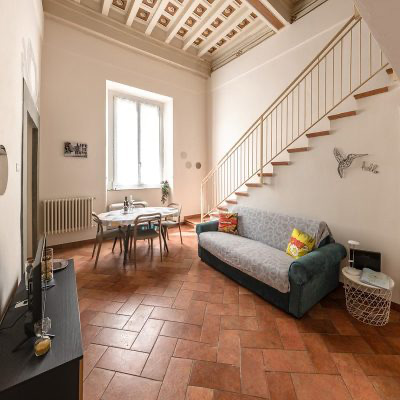
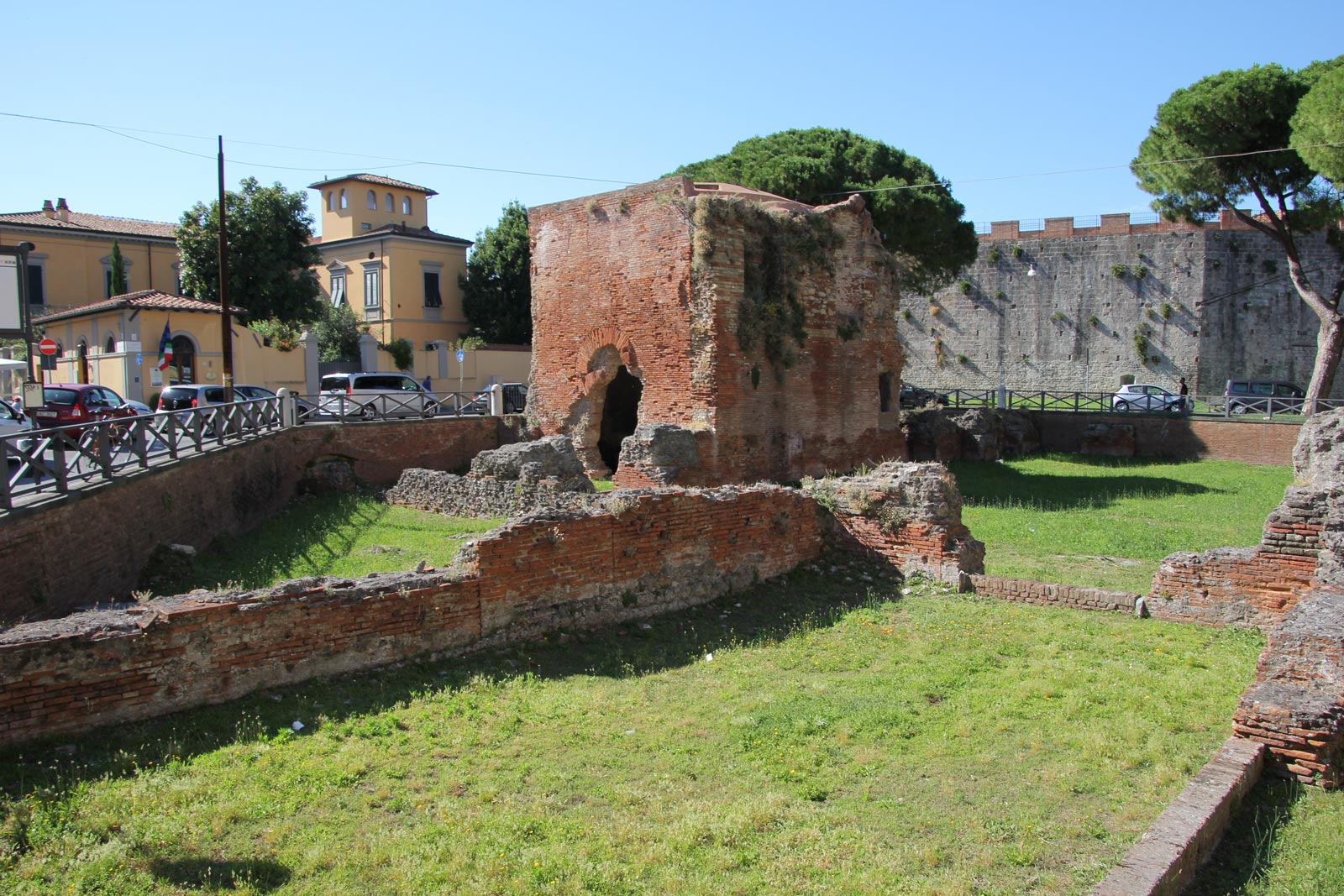
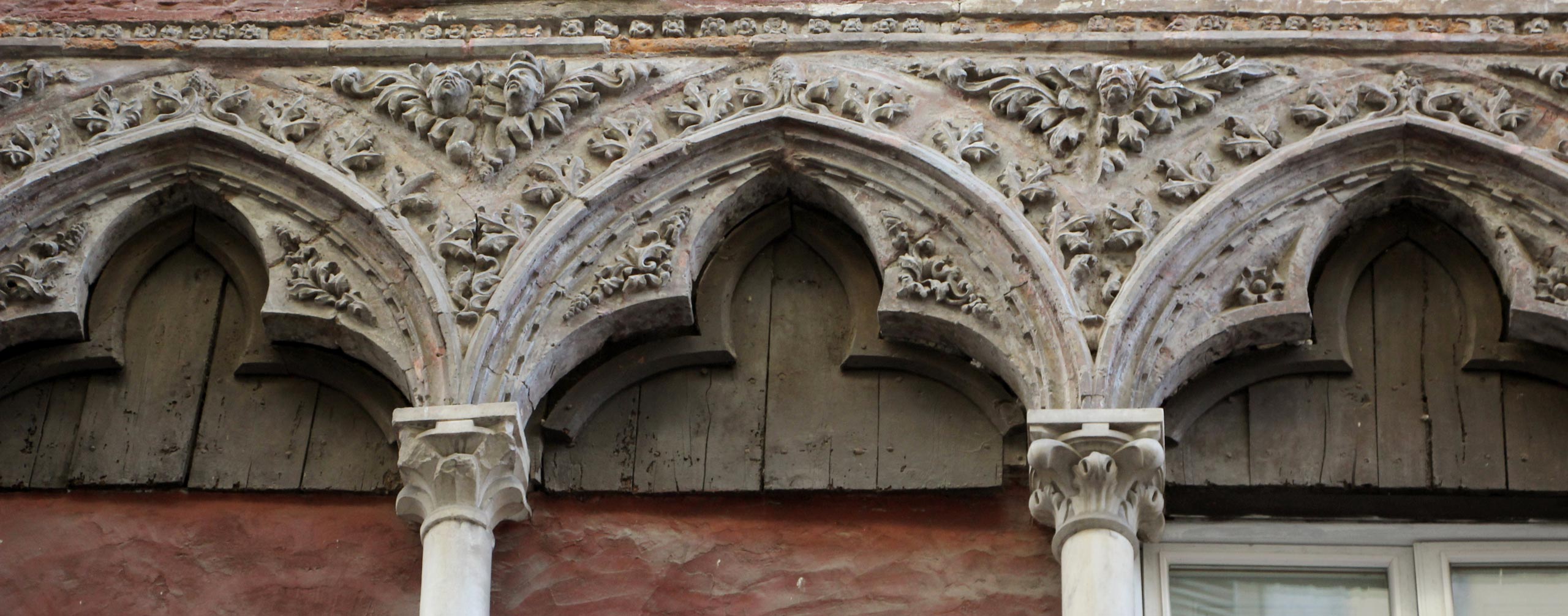
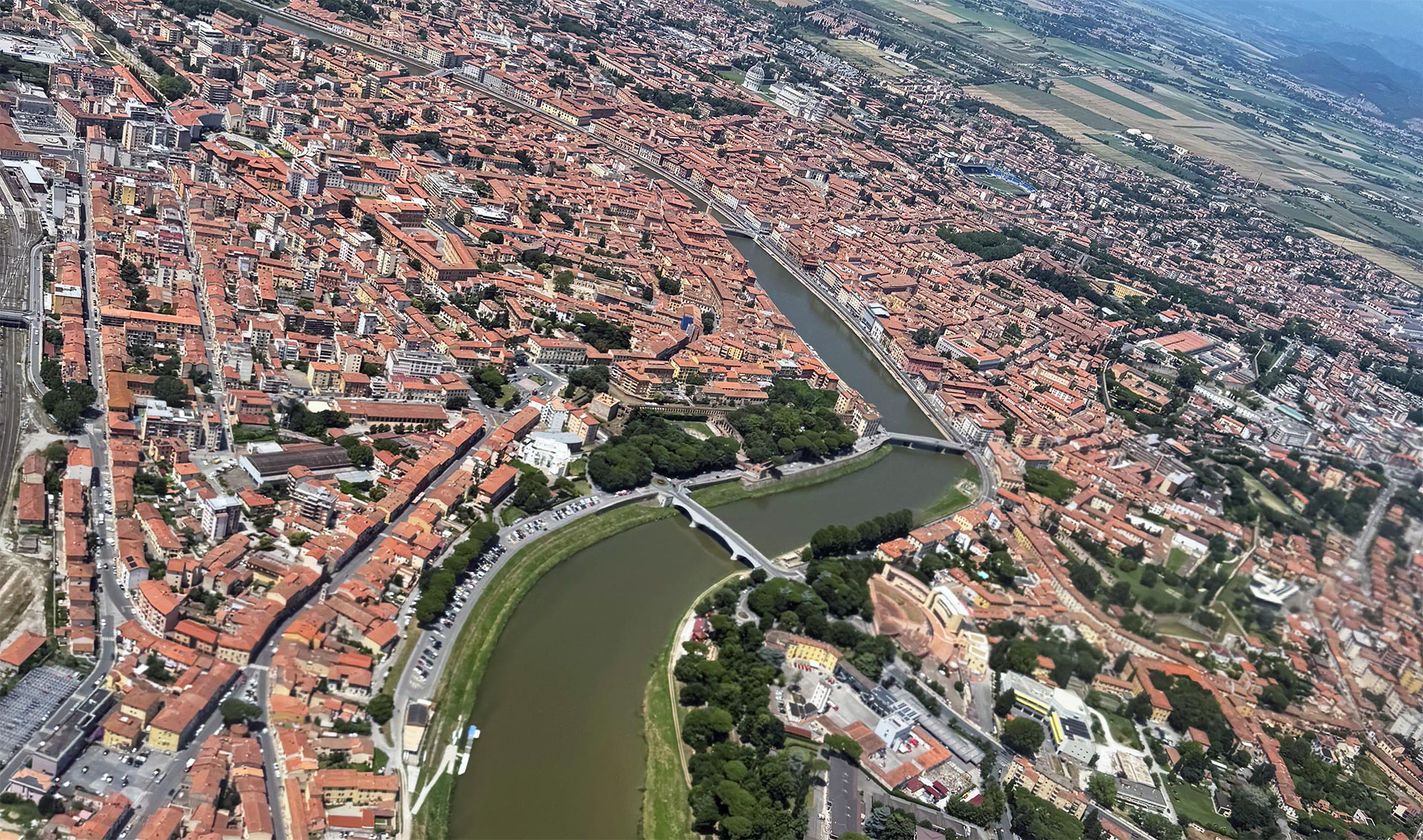
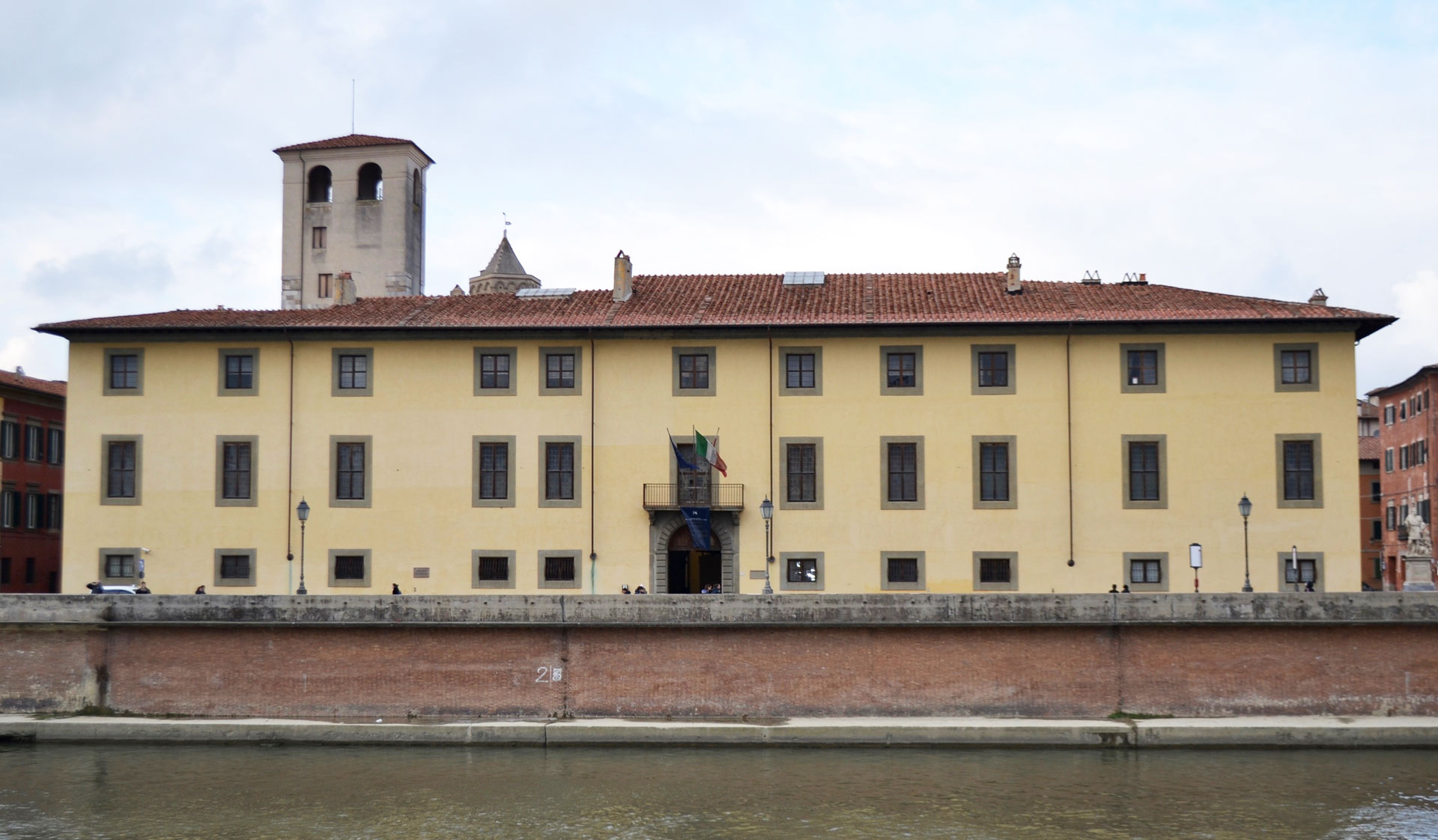
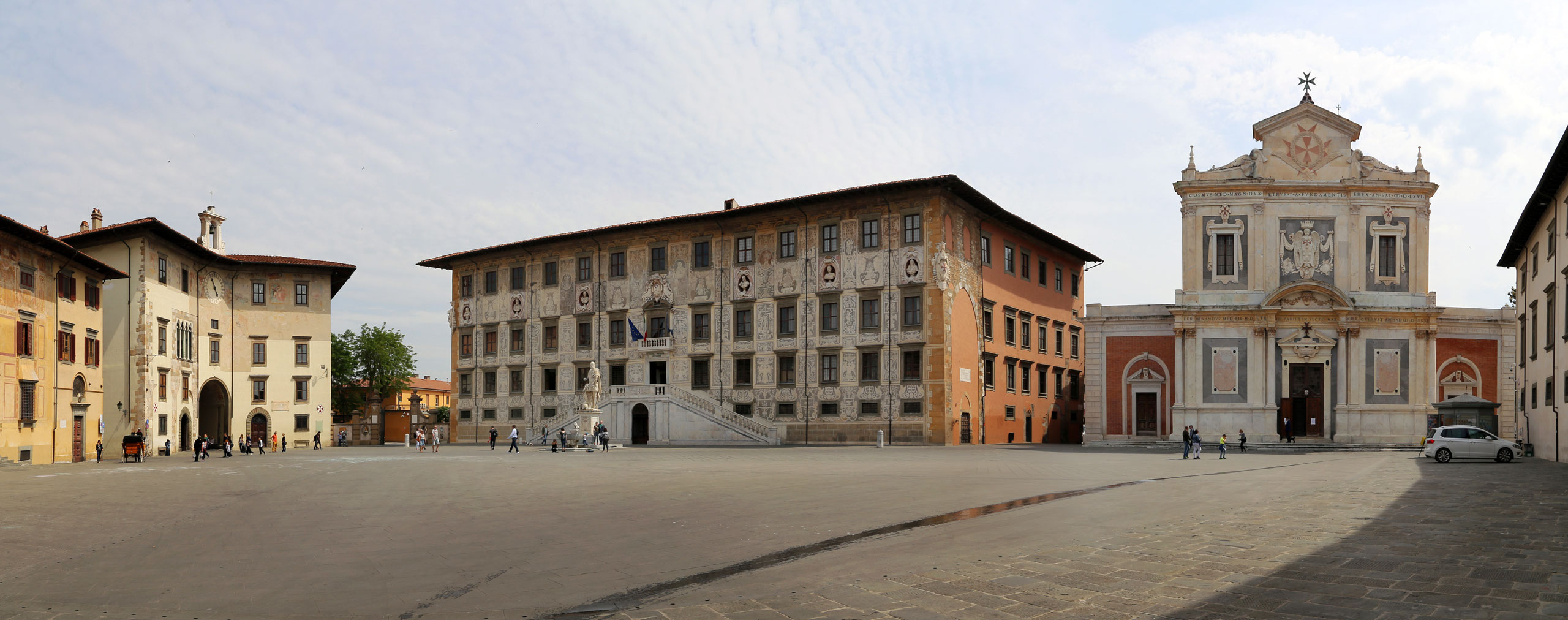
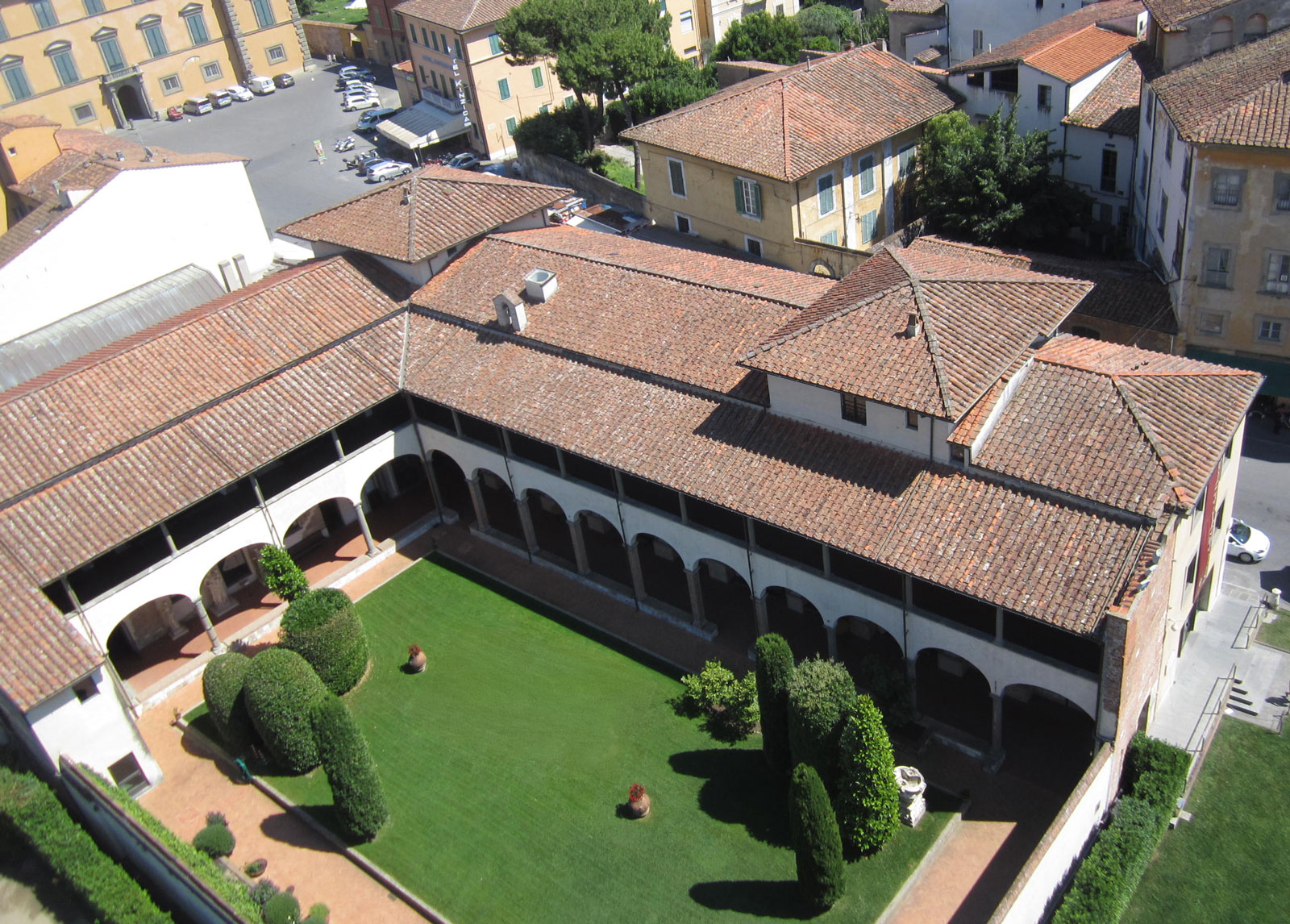
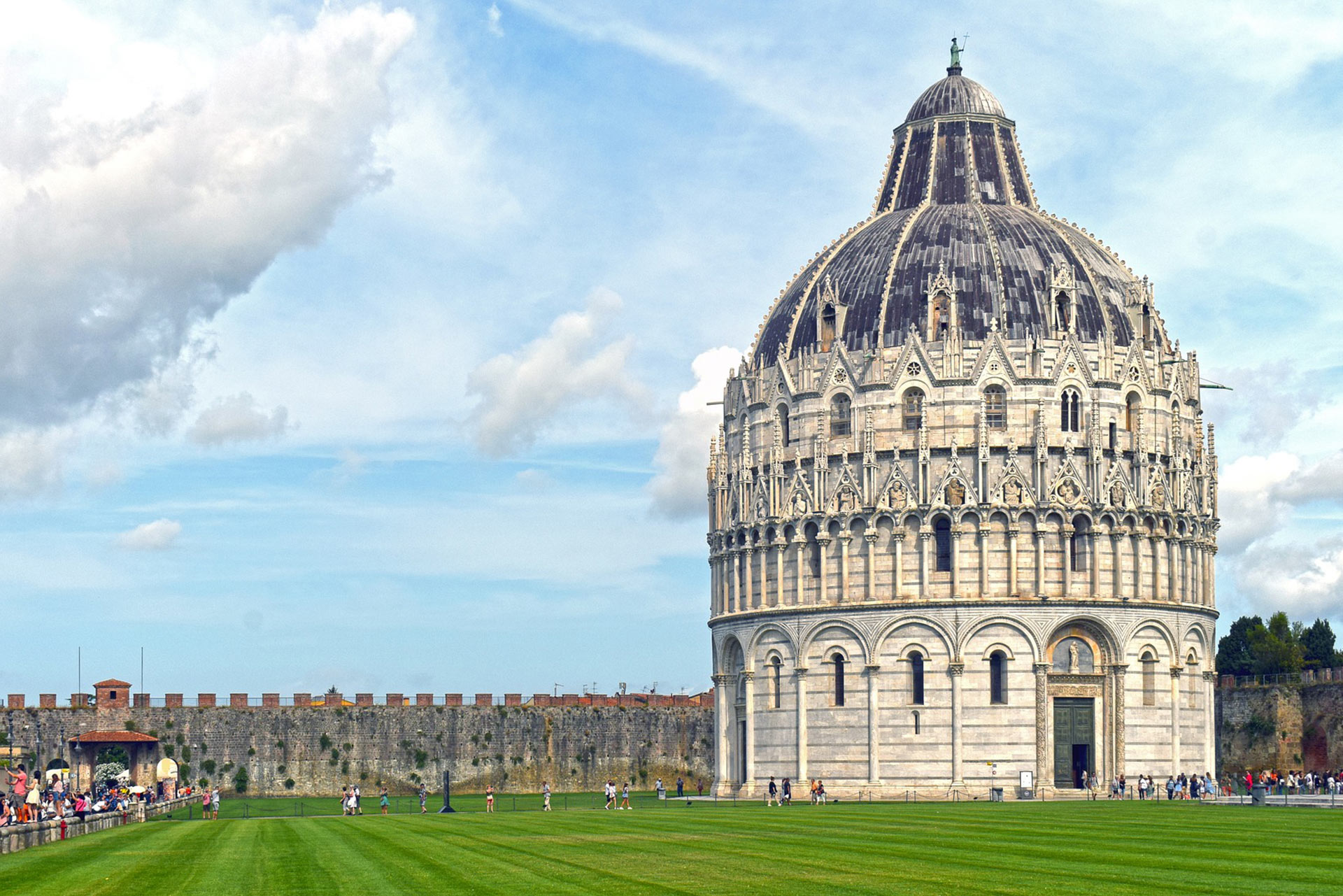
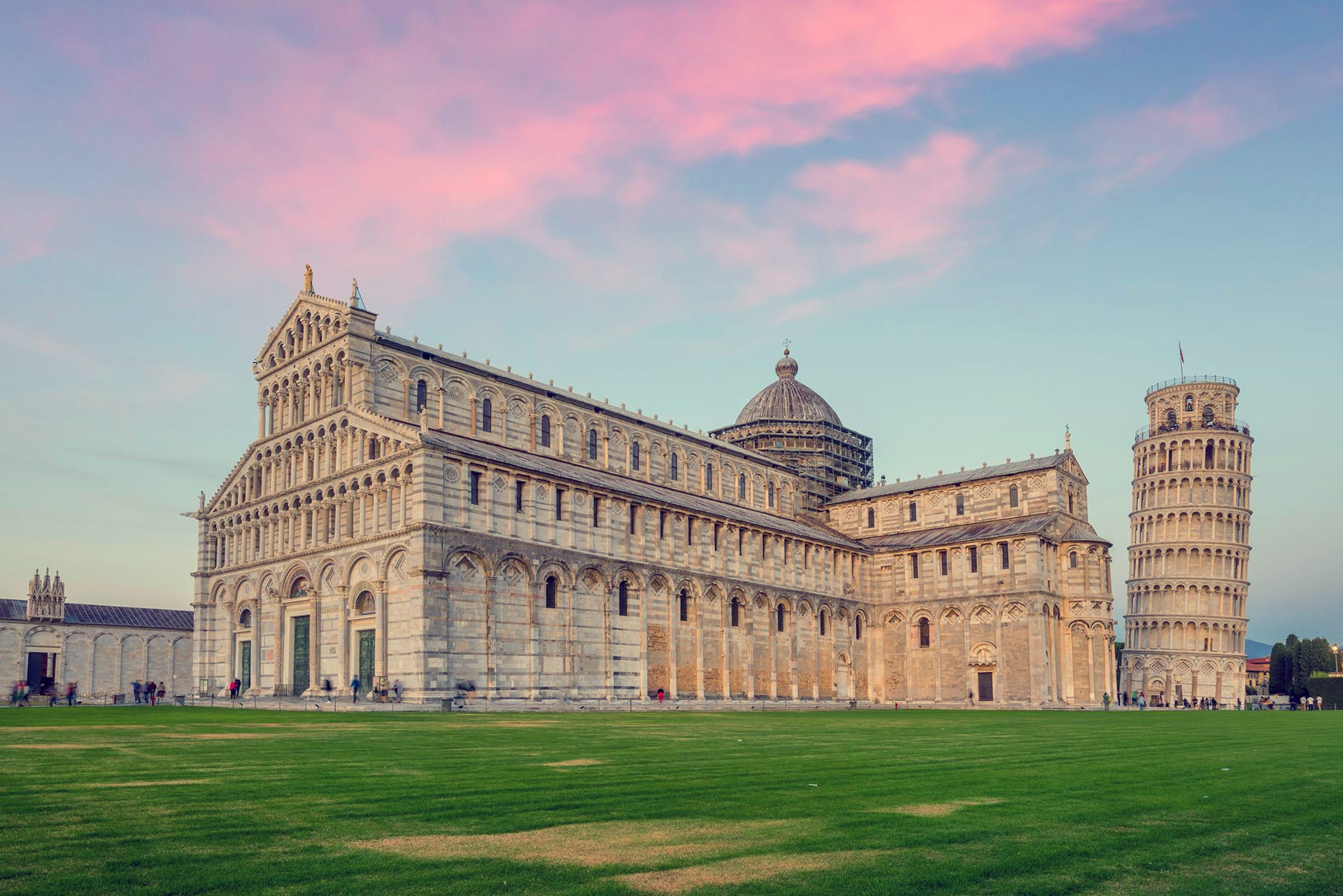
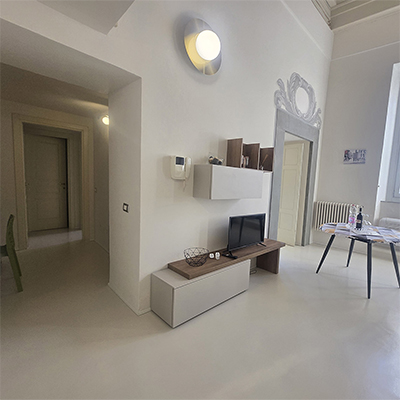







Keep In Touch